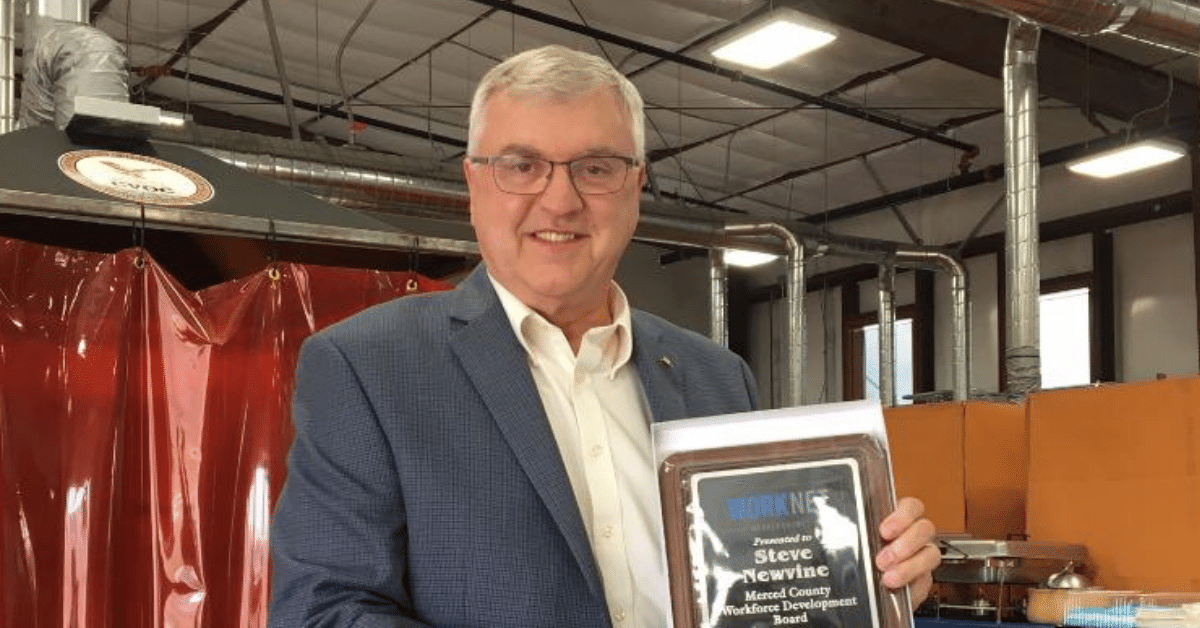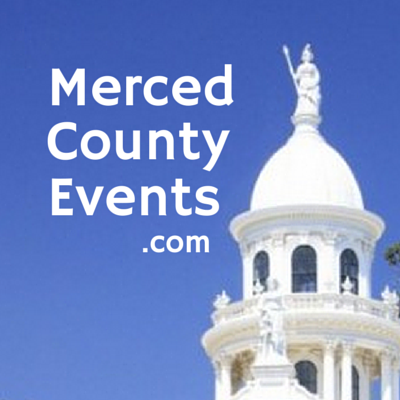
Alcatraz- Beauty on the Rock
Alcatraz. The name creates images that are universal: prison, hopelessness, loneliness, horror. But now, thanks to a work related volunteer activity, the “rock” has a new meaning for me.
My coworkers in San Francisco and in the Central Valley participated in an environmental work volunteer project sponsored by the National Parks Service at Alcatraz on May 22.
We were part of a gardening restoration project that has been going on since 2003 as crews work to reestablish the historic gardens.
Every year, our work group chooses a site to do a volunteer project. We get away from the office to do something that is helping the environment, while at the same time we get to know one another a little bit better.
Management gurus might call this team building, but I don’t think that term does my work group justice. Our team is already built. What we have is care and consideration for one another.
Our day started at Pier 33 in San Francisco. Armed with water bottles, sunscreen, layered clothing, and a desire to get down to work, we boarded the transport boat to the island shortly before nine AM.
We arrived on the island about fifteen minutes later for instructions from our National Parks volunteer Sheila.
For the next three hours under Sheila’s direction, we pulled weeds, trimmed dead flower stems, shoveled compost, applied week killer, and watered plants.
We then headed to lunch provided to us from two additional members of our team.
After lunch, another volunteer (named Greg) led us on a special guided tour of the former prison yard. Greg took us all over the prison area.
We saw graffiti tagged buildings from the Native American occupation in the late 1960s. We saw the laundry room where prisoners could get a spectacular view of the Golden Gate Bridge and learned that time working in the prison laundry was considered a benefit inmates earned as it meant relief from the very small prison cells.
We also saw the spot where the first attempted escape from Alcatraz took place. The prisoner died trying; he was shot by prison guards.
We then passed the outdoor exercise yard, where the prisoners got their daily dose of fresh air.
Inside the prison, we saw the infirmary, mental ward, chapel, and library.
We also saw the cells and witnessed the closing and opening of individual cell doors. That clanging of the doors in unison sounded just like it sounds in the movies.
Speaking of movies, we saw sections of the prison used as background scenery in The Rock.
We had a great day at Alcatraz. As we were wrapping up our tour, we passed by our environmental work site on the way out of the prison yard.
I felt a strong sense of accomplishment that I’m sure my coworkers felt as we left the island.
Alcatraz still carries a lot of negative images for many people. But thanks to the efforts of the National Parks Service, and my company’s encouragement of volunteering, I can now add the words: beauty, serenity, and camaraderie to the list of adjectives that describe this small island in the San Francisco Bay.
Steve Newvine lives in Merced.
Remembering Johnny Carson
I still have that image of the microphone on the desk, a typed script for a comedy bit, and a number two pencil that we’d see him use as a drumstick coming out of a commercial break.
There was a time when late night television really had a king. That king was Johnny Carson. He hosted The Tonight Show on NBC-TV for nearly thirty years: from October 1962 until May 1992, twenty years ago this month.
I grew up watching Carson. As a preteen, I’d beg my Mom to let me stay up late on Friday nights to catch his show. As my family slept, I sat in front of our console television set watching Johnny.
I was a broadcasting major in college and it seemed as though all my classmates wanted to be the host of The Tonight Show. I would have settled to be just a guest on the show, or more likely, to be in the audience during a taping.
Johnny was part of my adult life too as VCRs came on the market and allowed me to tape the show for viewing at a time when I was awake. I was in a habit of watching the nightly monologue the next morning as I did my exercises. Carson got me through some difficult back problems I had in my early thirties. Bending and stretching sore muscles were made a lot easier thanks to his nightly monologue and post commercial comedy bits.
So I mark the twentieth anniversary Johnny's farewell with my memories of that very special final week.
The Monday night show (May 18, 1992) of that week featured Elizabeth Taylor and Michael Douglas as guests. Taylor was talking about her astrological sign Pisces when the three-times divorced Johnny observed, “I think I was married to a Pisces once.” To which Taylor retorted, “Oh I’m sure you did.”
The Tuesday night show featured Mel Brooks and Tony Bennett. Both were on the very first Tonight Show with Johnny thirty years earlier. Brooks, at Johnny’s urging, told the story about how he became a reluctant daily lunch companion to Cary Grant back in the 1960s.
Tony sang I’ll be Seeing You, gave Johnny a portrait sketch, and sang his signature I Left My Heart in San Francisco right after Johnny pointed out that the song debuted nationally on that very first show thirty years earlier.
Actor Jack Lemmon filled out the evening with a story about how he stayed up all night talking to Johnny at a diner in New York City back in the 1950's.
The Wednesday program featured Roseanne Barr who was going by her then married name of Roseanne Arnold. She thanked Johnny for giving her a career after her breakthrough performance several years earlier.
She did a brief stand up bit that was inadvertently cut off by the band before her last punch line. Johnny let her finish the joke at the chair next to his desk. Actor Richard Harris filled out the evening with a story about how he and fellow actor Peter O’Toole would try to mess one another up while performing on stage.
Harris seemed out of place during a week when each guest seemed to have a special link to the show. Johnny wanted to feel comfortable during those final shows and Harris was an apparent favorite, probably from the early years of the show when it was done in New York City.
Practically anyone watching television twenty years ago remembers that next to last Tonight Show with Robin Williams and Bette Midler as guests.
Williams gave Carson a rocking chair and then launched into his frenetic observations on everything from then Vice President Quayle to Williams' use of cocaine in the early days of his career. Midler sang Miss Otis Regrets, a Cole Porter tune that featured Doc Severinsen’s last trumpet solo with a guest on the show.
But we remember the impromptu duet between Johnny and Bette: Here Comes that Rainy Day. At that moment, it finally sank in for me: Johnny was actually saying goodbye. He introduced Bette a final time for One More for the Road.
A speechless Carson thanked his guests, and accepted a lei and a hug from Bette. What a night.
I watched that last broadcast on the Friday evening in the living room of my parents’ home. We were visiting for the weekend with children in tow.
My Mom and Dad joined me well past their ordinary bedtime to watch this history-making finale to Johnny’s thirty-year run as host.
Mom and Dad never stayed up that late. But they did this particular night.
Johnny came out from behind the curtain to a standing ovation. He uncharacteristically pulled a barstool to center stage and did his last monologue sitting down.
He only told a few jokes; all were centered on his leaving the show. General Electric, the owner of the NBC television network at the time was one of the targets of Johnny’s last monologue, as was then Vice President Dan Quayle once again
The rest of the evening consisted of video clips, a farewell to announcer Ed McMahon and bandleader Doc Severinsen, a behind-the-scenes look at how the show was produced, and Johnny’s closing remarks capped by his poignant final words “I wish you a heartfelt goodnight.”
Late night television changed the following Monday when Jay Leno took over The Tonight Show. Within a year, David Letterman would leave NBC and compete head-to-head with Leno.
They’ve been at it for the past nineteen years. Gone were those monologue jokes that the audience either laughed at or groaned; today, it seems every line is met with applause from an audience that’s coached to “make Dave happy” or “don’t disappoint Jay” prior to being seated.
Gone are the desk bits done after the first commercial break where Johnny would do his Carnac bit, or a read a list of something funny right from the paper it was typed on with no assist from the teleprompter.
Gone were the days when I would light up just knowing Johnny would be hosting that night.
As near as I can tell, there is no special tribute being planned for the anniversary of Carson's last stand. He is pretty much forgotten by today's audiences.
That's a shame because no one captured the excitement of mixing conversation and comedy quite like Johnny.
He was a late night king back at a time when the term really had meaning. And he is sorely missed.











To explore Steve Newvine's complete collection of books, simply click on the link below.
CLICK HERE
Steve is also open to delivering speeches for service club programs and other public speaking engagements.
Contact him at: SteveNewvine@sbcglobal.net